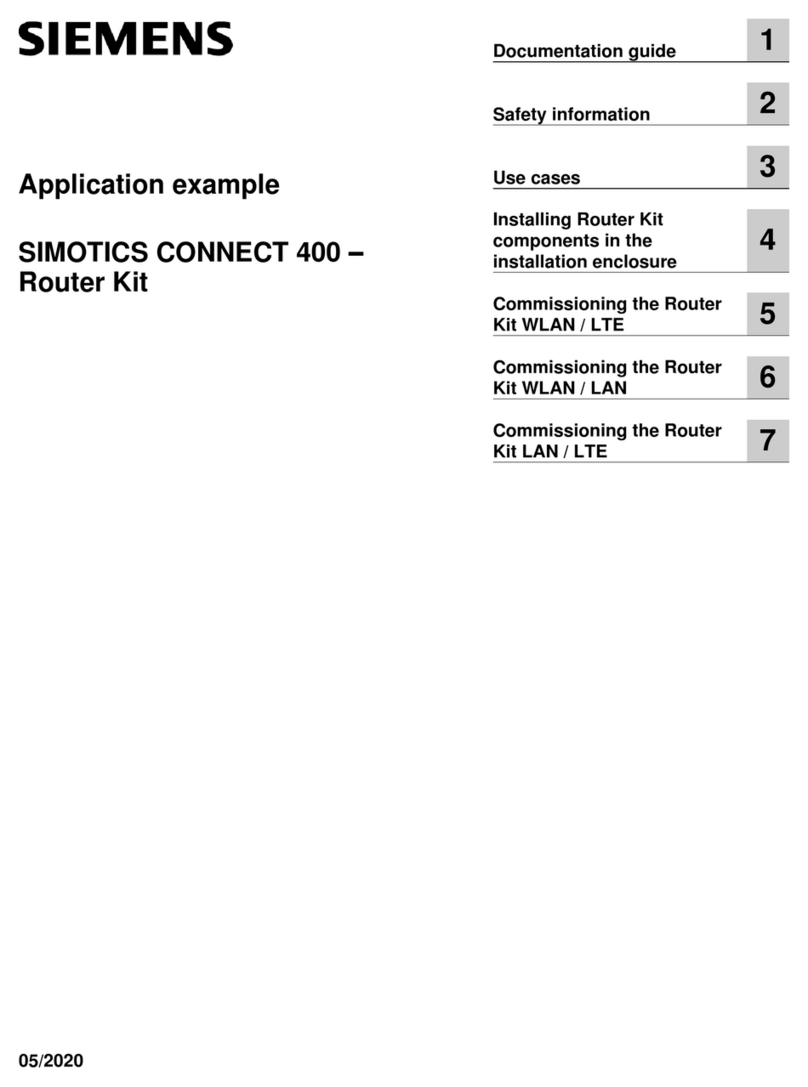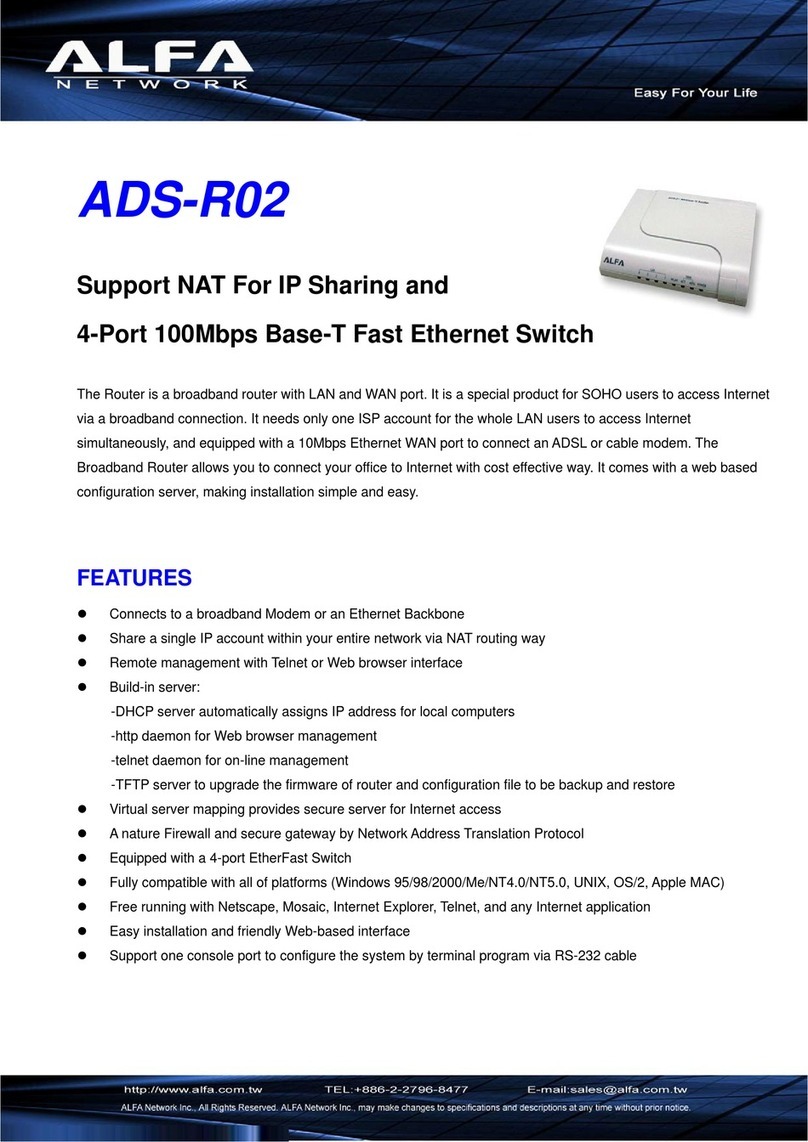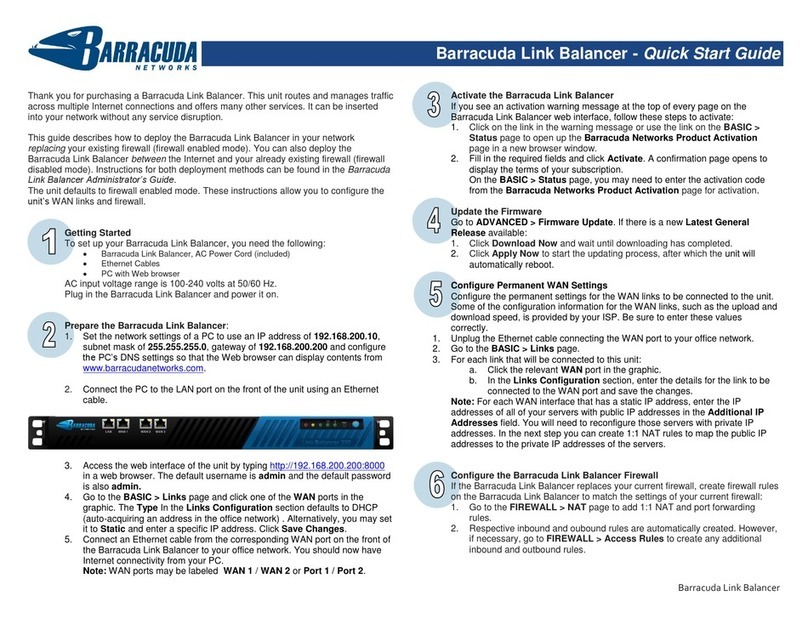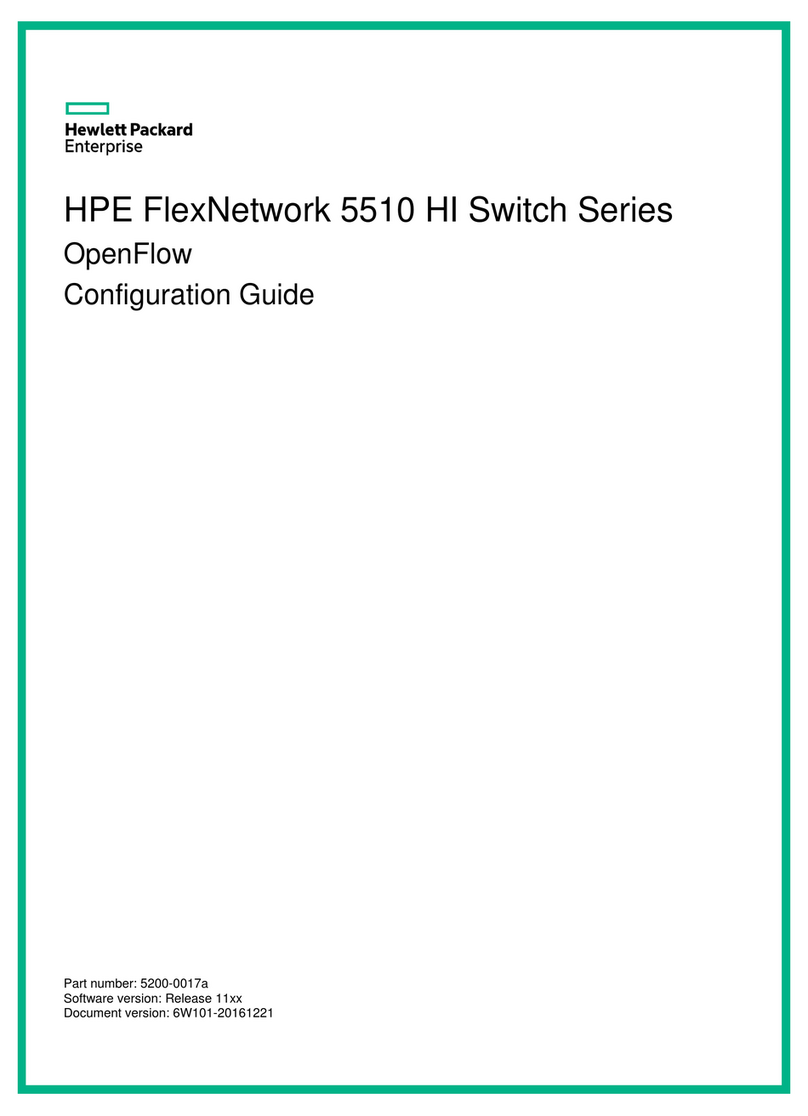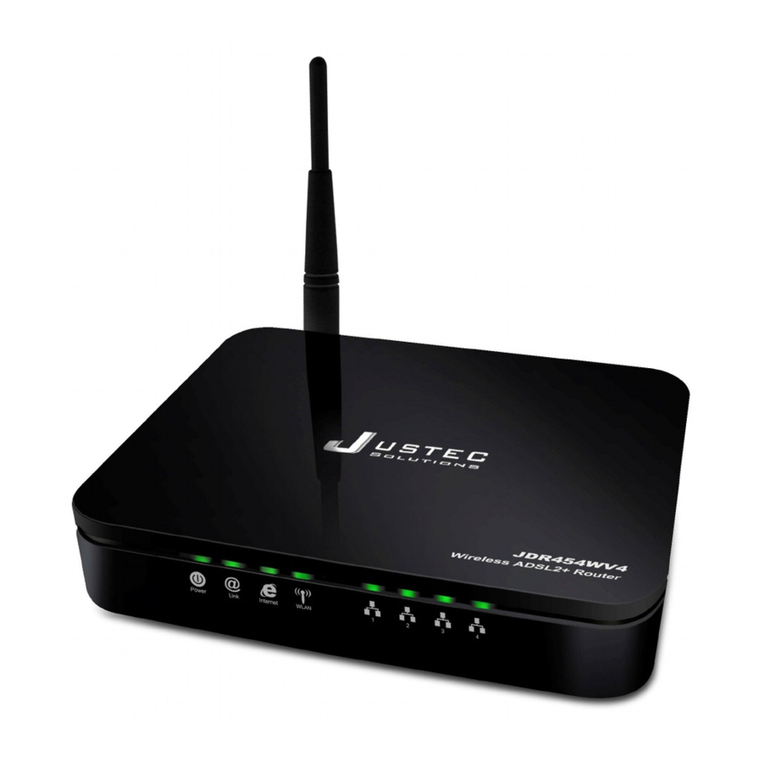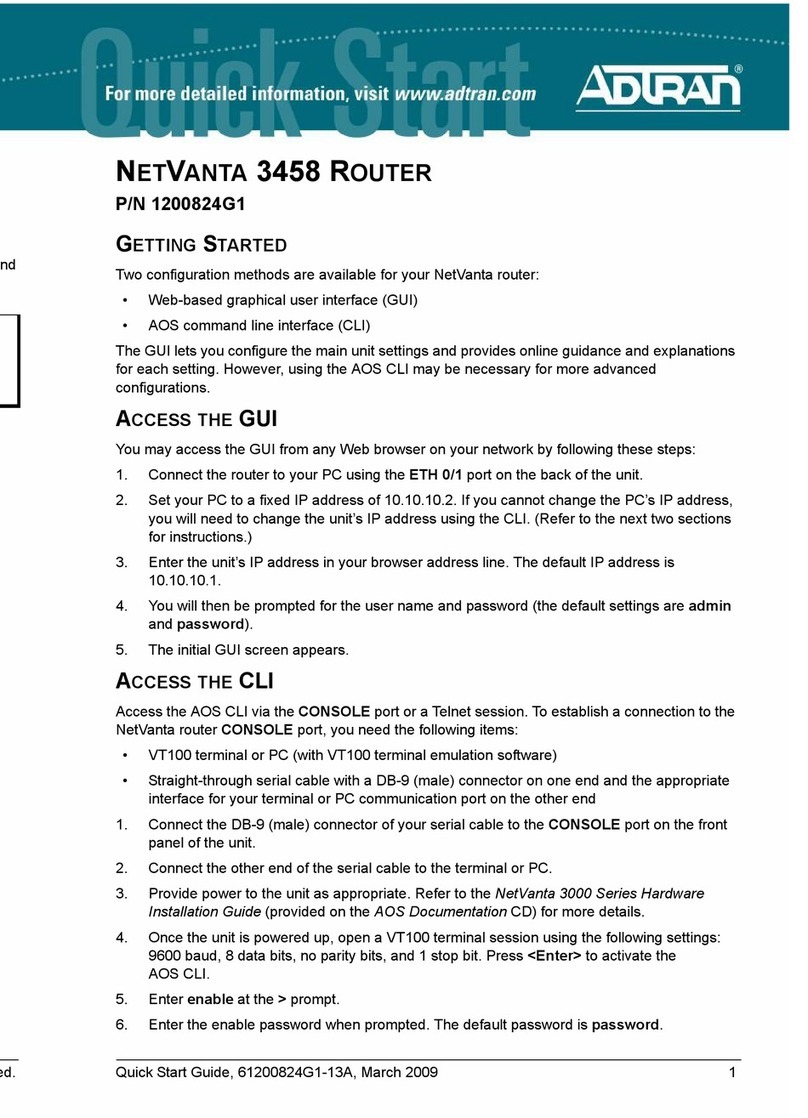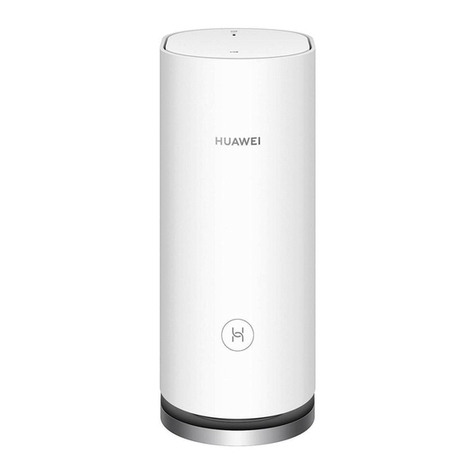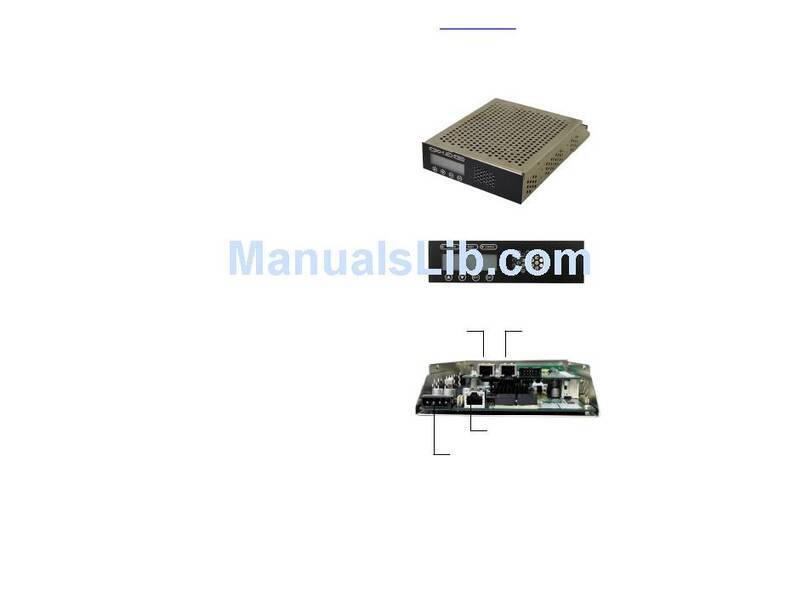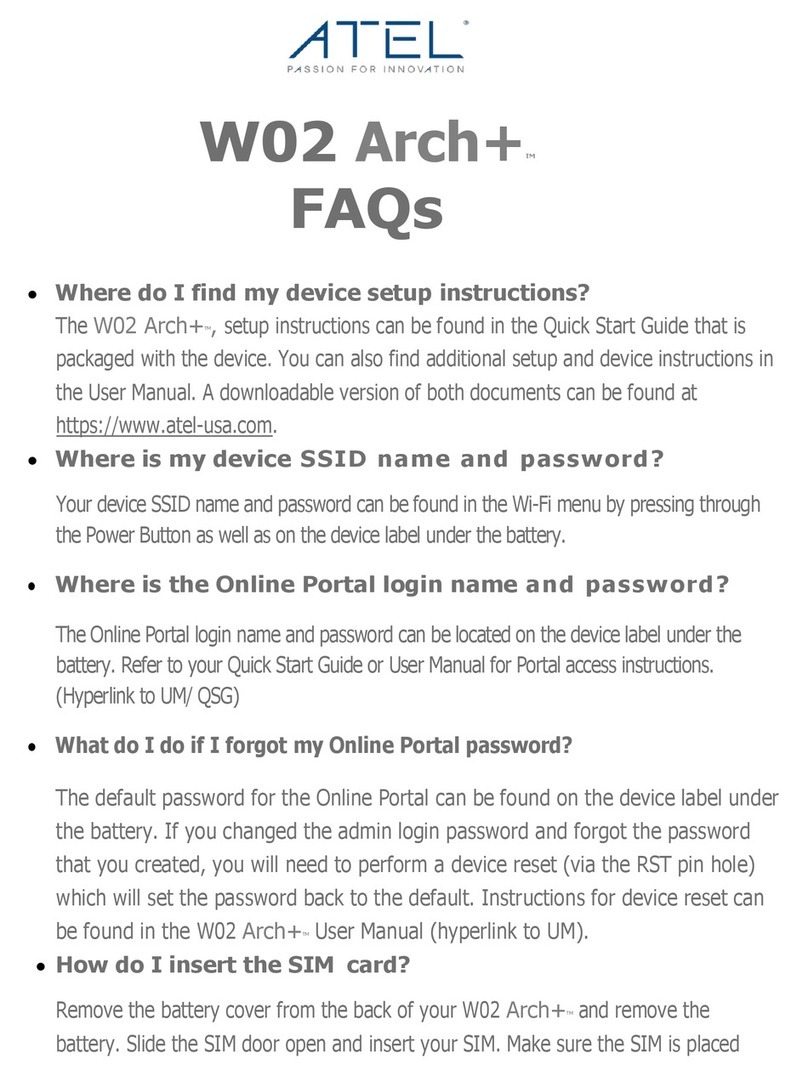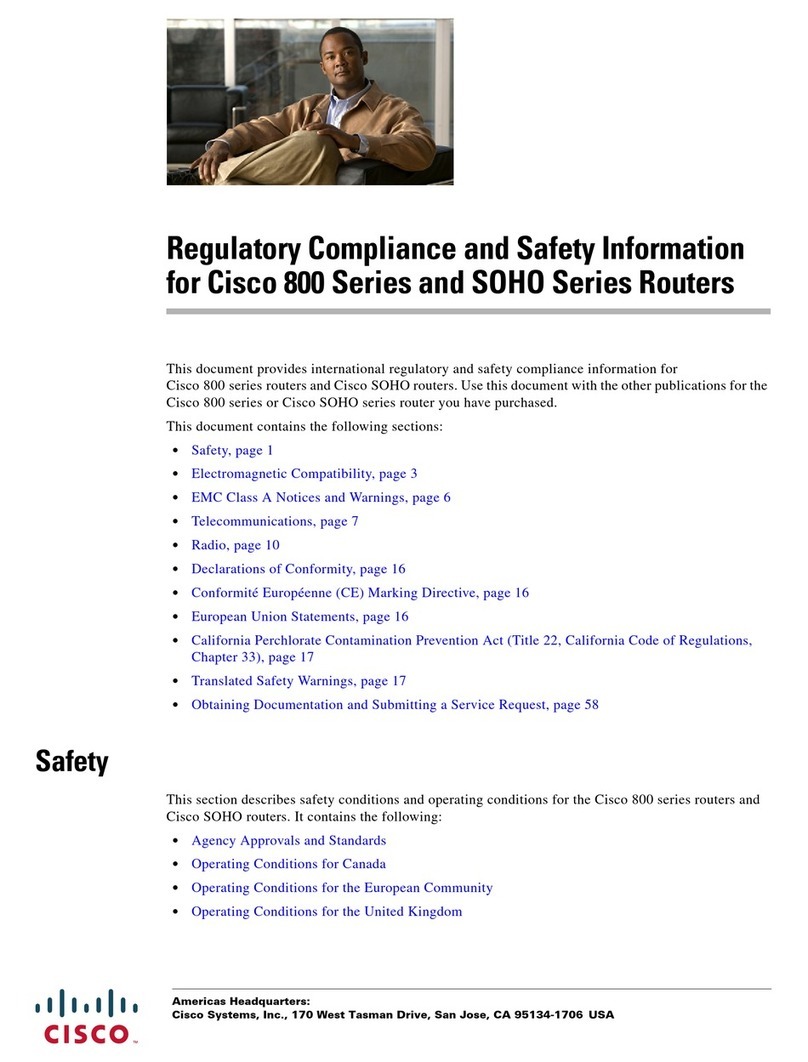INDEX
1.0 About This Manual .....................................................................................1
1.1 Document Objectives.................................................................................1
1.2 Product Overview ......................................................................................1
1.3 Product Description....................................................................................1
2.0 Specification...............................................................................................2
2.1 LED Meaning .............................................................................................3
2.2 Back Panel Connectors .............................................................................4
2.3 Factory Default Settings.............................................................................4
3.0 Hardware Requirements ............................................................................5
3.1 Setting up the Hardware Environment .......................................................5
3.2 Powering on ADSL2+ Router .....................................................................5
4.0 Installation & Setup ....................................................................................6
5.0 Configuration Procedures ..........................................................................8
6.0 ADSL2+ Router Configuration..................................................................12
7.0 Technology Glossary................................................................................14
8.1 Web Configuration Overview ...................................................................17
8.2 Accessing ADSL2+ Router Web Configuration ........................................17
9.0 Universal Plug-and-Play (UPnP)..............................................................41
9.1 Universal Plug and Play Overview...........................................................41
9.2 How do I know if I'm using UPnP? ...........................................................41
9.3 NAT Traversal ..........................................................................................41
9.4 Cautions with UPnP.................................................................................41
9.5 Configuring UPnP ....................................................................................42
9.6 Installing UPnP in Windows Example ......................................................43
9.7 Installing UPnP in Windows Me ...............................................................43
9.8 Installing UPnP in Windows XP ...............................................................44
9.9 Using UPnP in Windows XP Example .....................................................45
9.10 Auto-discover Your UPnP-enabled Network Device...............................45
10.0 Web Configuration Easy Access ............................................................ 47
11.0 Troubleshooting......................................................................................49
A.1 Using LEDs to Diagnose Problems ................................................49
A.1.1 Power LED ..................................................................................49
A.1.2 LAN LED .....................................................................................49
A.1.3 DSL LED ( ACT & LINK) .............................................................. 49
A.2 Telnet..............................................................................................50
A.3 Web Configuration..........................................................................50
A.4 Login Username and Password......................................................51
A.5 LAN Interface..................................................................................51
A.6 WAN Interface ................................................................................51
A.7 Internet Access ...............................................................................52
A.8 Remote Node Connection ..............................................................52

